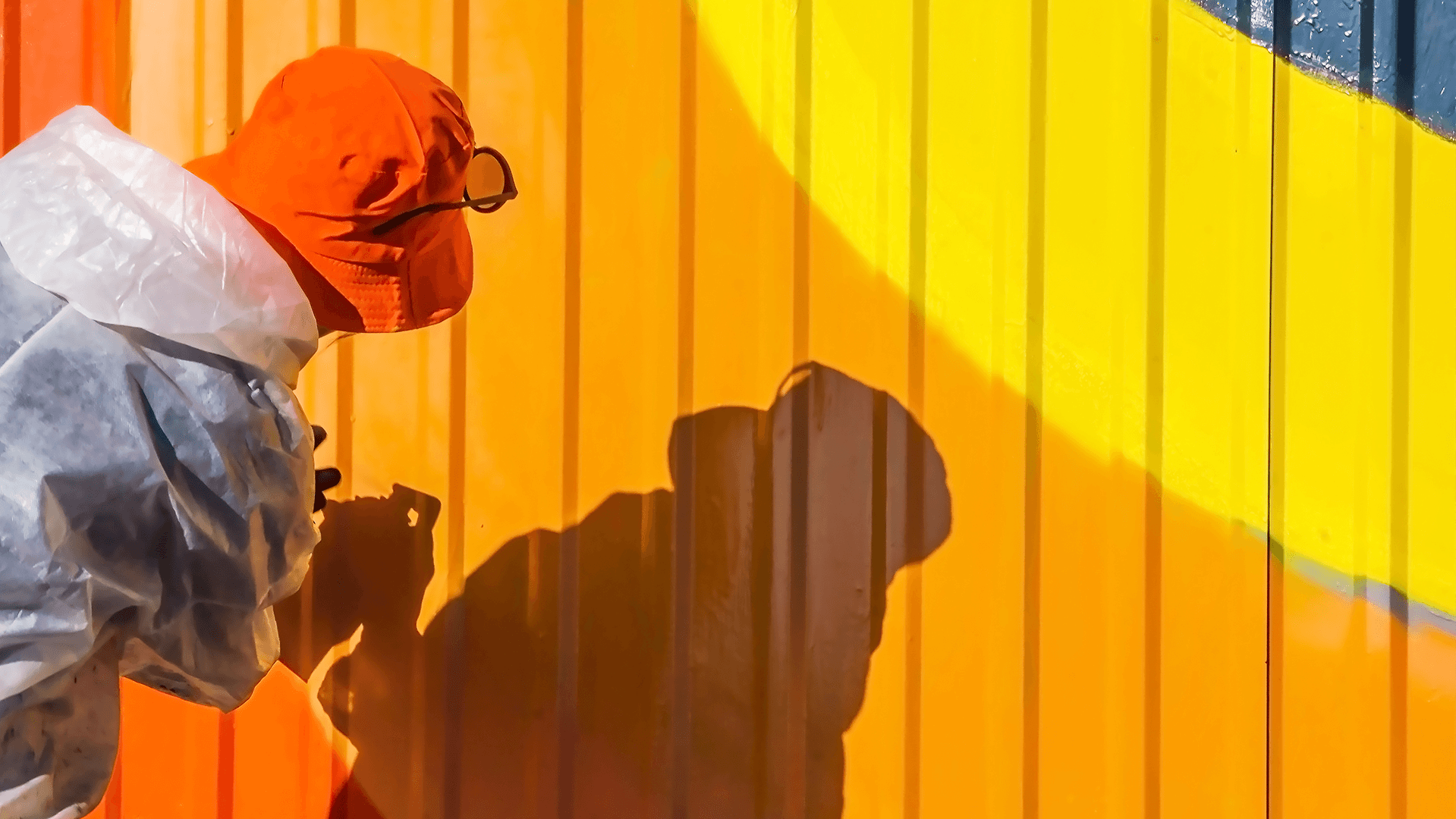We found 41 results that contain "data science"
Posted on: QA groups


Posted by
over 2 years ago
Data communications refers to the transmission of this digital data between two or more computers and a computer network or data network is a telecommunications network that allows computers to exchange data. The physical connection between networked computing devices is established using either cable media or wireless media. The best-known computer network is the Internet.
Posted on: #iteachmsu



Posted by
almost 2 years ago

Big data is a collection of large datasets that cannot be processed using traditional computing techniques. Testing of these datasets involves various tools, techniques and frameworks to process. Big data relates to data creation, storage, retrieval and analysis that is remarkable in terms of volume, variety, and velocity. You can learn more about Big Data, Hadoop and Mapreduce here In this tutorial we will learn, Testing Big Data application is more a verification of its data processing rather than testing the individual features of the software product. When it comes to Big data testing, performance and functional testing are the key. In Big data testing QA engineers verify the successful processing of terabytes of data using commodity cluster and other supportive components. It demands a high level of testing skills as the processing is very fast. Processing may be of three types Along with this, data quality is also an important factor in big data testing. Before testing the application, it is necessary to check the quality of data and should be considered as a part of database testing. It involves checking various characteristics like conformity, accuracy, duplication, consistency, validity, data completeness, etc.
Posted on: #iteachmsu



Posted by
over 6 years ago

Big data is more than high-volume, high-velocity data. Learn what big data is, why it matters and how it can help you make better decisions every day.
Disciplinary Content
Posted on: #iteachmsu


Posted by
over 4 years ago
Computer science is the study of algorithmic processes, computational machines and computation itself.[1] As a discipline, computer science spans a range of topics from theoretical studies of algorithms, computation and information to the practical issues of implementing computational systems in hardware and software
Posted on: #iteachmsu


Posted by
almost 5 years ago
Science, technology and innovation each represent a successively larger category of activities which are highly interdependent but distinct. Science contributes to technology in at least six ways: (1) new knowledge which serves as a direct source of ideas for new technological possibilities; (2) source of tools and techniques for more efficient engineering design and a knowledge base for evaluation of feasibility of designs; (3) research instrumentation, laboratory techniques and analytical methods used in research that eventually find their way into design or industrial practices, often through intermediate disciplines; (4) practice of research as a source for development and assimilation of new human skills and capabilities eventually useful for technology; (5) creation of a knowledge base that becomes increasingly important in the assessment of technology in terms of its wider social and environmental impacts; (6) knowledge base that enables more efficient strategies of applied research, development, and refinement of new technologies.
Disciplinary Content
Posted on: #iteachmsu



Posted by
almost 5 years ago

Science, technology and innovation each represent a successively larger category of activities which are highly interdependent but distinct. Science contributes to technology in at least six ways: (1) new knowledge which serves as a direct source of ideas for new technological possibilities; (2) source of tools and techniques for more efficient engineering design and a knowledge base for evaluation of feasibility of designs; (3) research instrumentation, laboratory techniques and analytical methods used in research that eventually find their way into design or industrial practices, often through intermediate disciplines; (4) practice of research as a source for development and assimilation of new human skills and capabilities eventually useful for technology; (5) creation of a knowledge base that becomes increasingly important in the assessment of technology in terms of its wider social and environmental impacts; (6) knowledge base that enables more efficient strategies of applied research, development, and refinement of new technologies.
Posted on: #iteachmsu



Posted by
almost 5 years ago

Science, technology and innovation each represent a successively larger category of activities which are highly interdependent but distinct. Science contributes to technology in at least six ways: (1) new knowledge which serves as a direct source of ideas for new technological possibilities; (2) source of tools and techniques for more efficient engineering design and a knowledge base for evaluation of feasibility of designs; (3) research instrumentation, laboratory techniques and analytical methods used in research that eventually find their way into design or industrial practices, often through intermediate disciplines; (4) practice of research as a source for development and assimilation of new human skills and capabilities eventually useful for technology; (5) creation of a knowledge base that becomes increasingly important in the assessment of technology in terms of its wider social and environmental impacts; (6) knowledge base that enables more efficient strategies of applied research, development, and refinement of new technologies.
https://iteach-testing.venturit.org/home/home_feed
https://iteach-testing.venturit.org/home/home_feed
Posted on: #iteachmsu



Posted by
almost 5 years ago

Technology ("science of craft", from Greek τέχνη, techne, "art, skill, cunning of hand"; and -λογία, -logia) is the sum of techniques, skills, methods, and processes used in the production of goods or services or in the accomplishment of objectives, such as scientific investigation.
Assessing Learning
